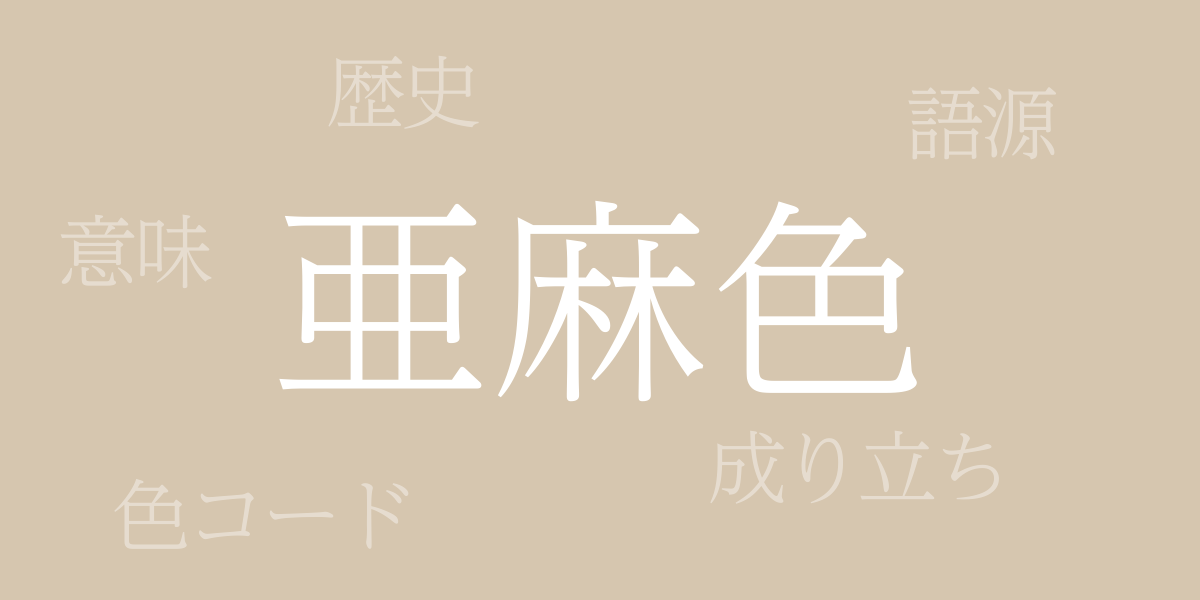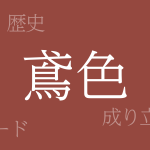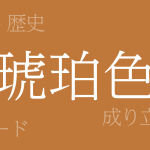Colors are a mirror reflecting culture, and their subtle nuances have spun many stories over time. Among Japan’s traditional colors, ‘Flax Color’ (亜麻色 – あまいろ) is no exception. This pale and gentle color carries its own unique significance within the natural and historical context of Japan, continuing to captivate many to this day. This article delves into the allure of Flax Color, exploring its historical background and contemporary significance, along with its color codes and Western name.
About Flax Color (亜麻色 – あまいろ)
Flax Color, as the name suggests, is derived from the color of the flax (フラックス) flower, which is a light yellow with a hint of blue. This unique shade has been passed down as a traditional Japanese color. Flax Color symbolizes softness and tranquility, and is often used in traditional artwork such as kimonos and Japanese paintings. It is also celebrated as a harbinger of spring, symbolizing new beginnings and hope.
The History of Flax Color
Flax Color has been an important hue in Japanese dyeing techniques since the Heian period, where it was embraced by the nobility to express elegance and refined aesthetic sensibilities in their attire. Being derived from natural dyes, Flax Color holds a special place in Japanese culture, which reveres the harmony with nature and the changing of the seasons.
Flax Color Codes
In digital design and web production, accurate color reproduction is essential. Below are the color codes for Flax Color:
- HEX: #D6C6AF
- RGB: R:214 G:198 B:175
- CMYK: C:19 M:24 Y:32 K:0
Western Name for Flax Color
The Western name for Flax Color is ‘Flax.’ This is derived from the flax flower, the source of the color’s name, and is used similarly in English-speaking regions to refer to colors resembling that of the flax plant. Flax is a color that evokes the warmth of nature and is actively incorporated into interior design and fashion.
Summary on Flax Color
With its gentle hue and historical depth, Flax Color has long been cherished as a traditional Japanese color. Even today, its appeal remains undiminished, widely used in the worlds of design and art. Flax Color, symbolizing the beauty of Japanese nature and culture, will continue to inspire many people for years to come.

























